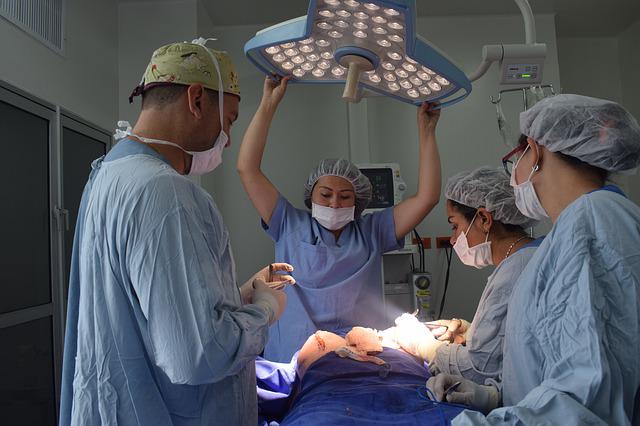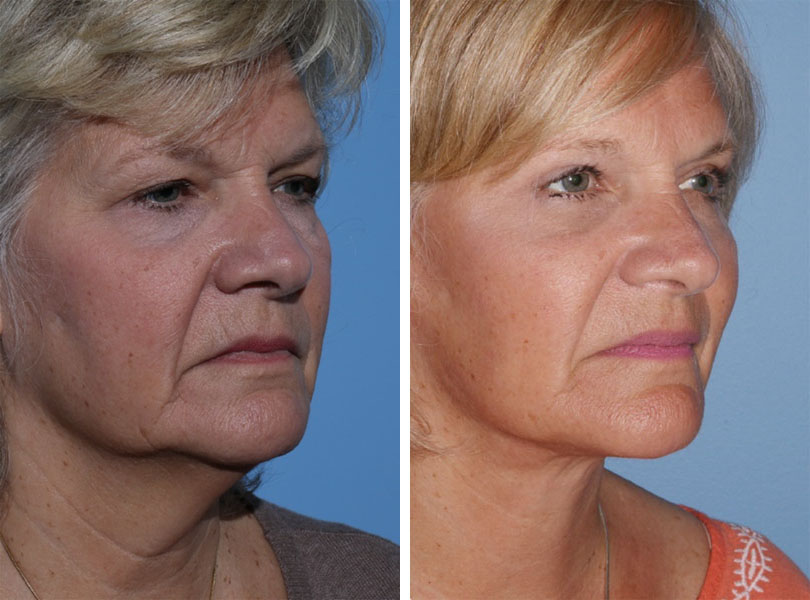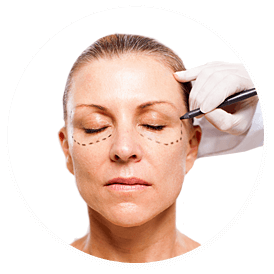
Botox for wrinkles under eyes is an anti-aging treatment that can reduce the appearance of the fine lines and wrinkles in the under-eye area. While Botox has proven to be very effective in some cases, it is not always effective. Let's take a look at Botox and find out what the advantages and disadvantages are. Because we all want younger looking skin, we will explore all options.
Dermal fillers
Cosmetic surgeons can inject fillers under the eyes. However, there are potential side effects. The majority of side effects associated with dermal fillers will be minor and short-term. However, people can experience bruising or redness as well as itching, redness, and numbness. Some people may experience prolonged swelling, but this is rare. To reduce discomfort or pain, the doctor may recommend ice packs or other treatments.
Dermal fillers provide natural results, unlike traditional surgeries. The area being treated will feel normal to the touch. Any facial expressions and movements will not be affected. In addition, the results are subtle, so the patient won't look like they've had a cosmetic procedure. Dermal fillers are a great option for those who are concerned about their appearance. These are a great choice to treat sunken eyes or tear troughs. They can be easily removed with an enzyme called hyaluronidase.

Laser resurfacing
Your aesthetician will discuss all available options to reduce wrinkles around the eyes during your first consultation. Laser treatments may be necessary depending on the nature of your problem. Chemical peels can help with superficial undereye wrinkles. This is because they remove the skin's top layer and make the skin smoother. Laser resurfacing can also improve pigmentation and minimize fine lines. A single treatment with laser can improve superficial wrinkles. However, deeper wrinkles may require multiple sessions.
Patients are asked to wear non-stick dressings during the procedure. The treatment takes about 30 minutes per eye. Patients are advised to remove all makeup and facial care products. The laser energy pulses are used to remove layers of skin. Laser treatment causes little pain so patients can go back to their regular routines right away. It is possible for the skin to feel warmer in the following hours, but this should fade within a few hours.
Chemical peels
There are many chemical peels to remove wrinkles around the eyes. Alpha hydroxy Acid, a fruit sugar acid naturally found in fruits, is commonly used to treat this area. It is used to remove the outermost layer of damaged skin, and encourage healthy cell growth. This process also promotes the production of collagen, which fights wrinkles and fine lines. Afterward, the skin feels moisturized. It appears firmer and more dense.
Scarring may occur in some areas of the face after certain chemical peels. Some people are more vulnerable to this effect. These scars can be easily treated. Before the procedure, inform your dermatologist if you have had an outbreak of herpes. Your dermatologist may be able offer medication to reduce the possibility of a cold blister recurring. If you have keloids, make sure to inform your doctor. However, infections are rare.

Surgery
Rachel Nazarian from Mount Sinai Hospital in New York, a dermatologist, offers advice to patients about the best precautions for Botox. One of these precautions is to avoid alcohol and blood-thinning medication. Such medications include aspirin, Advil, and Aleve. Supplements containing fish oil and turmeric can be added. These supplements can increase the risk of bruising and may be contraindicated for under-eye Botox treatments.
Botox prices under the eyes vary in price. While a single session might cost $200 to $800 for a treatment, others may charge by the region treated. Botox treatment for cosmetic purposes is not covered under insurance. Although botox is popular for cosmetic purposes, no one can tell if it will actually work on every wrinkle. Botox could be the solution you need to your wrinkles.